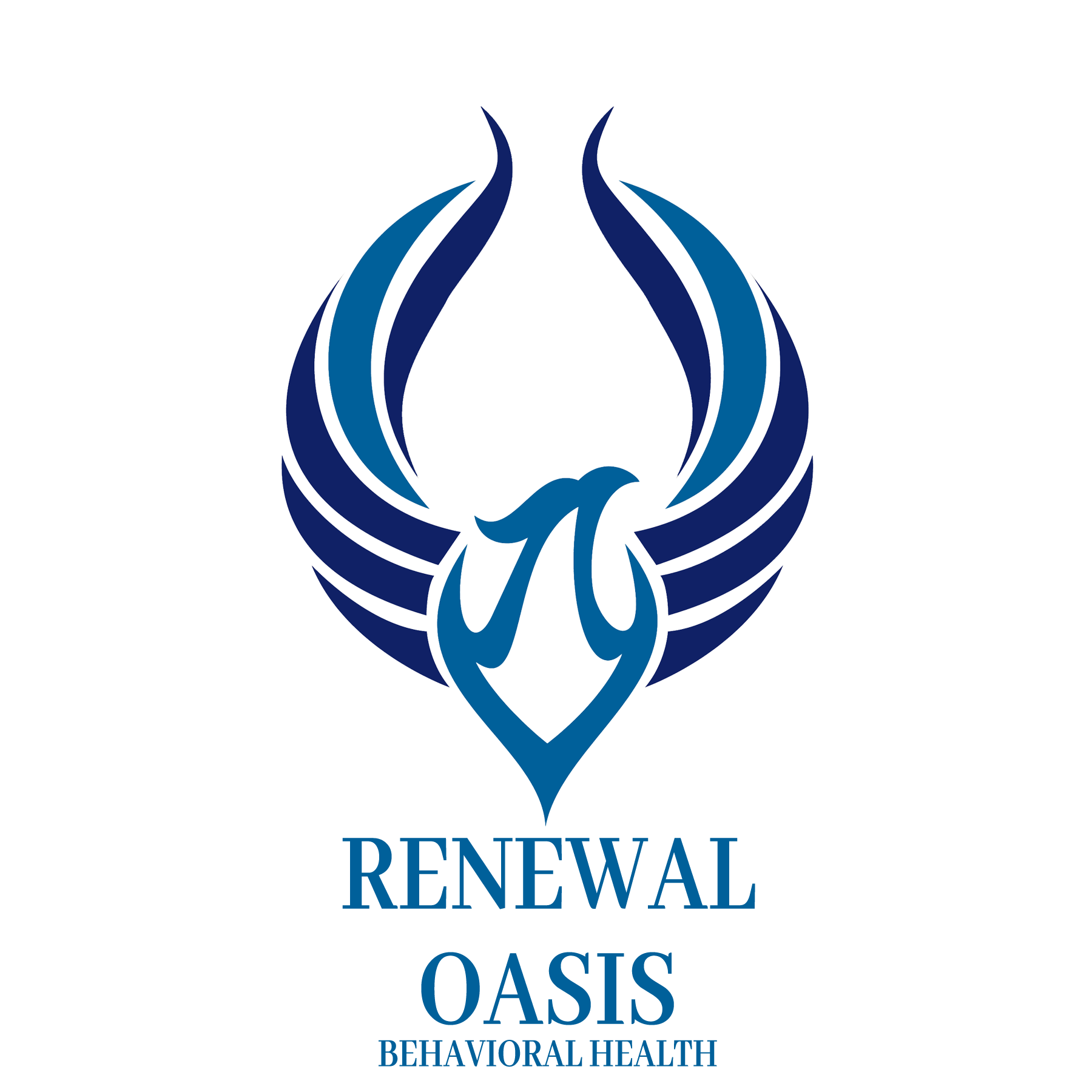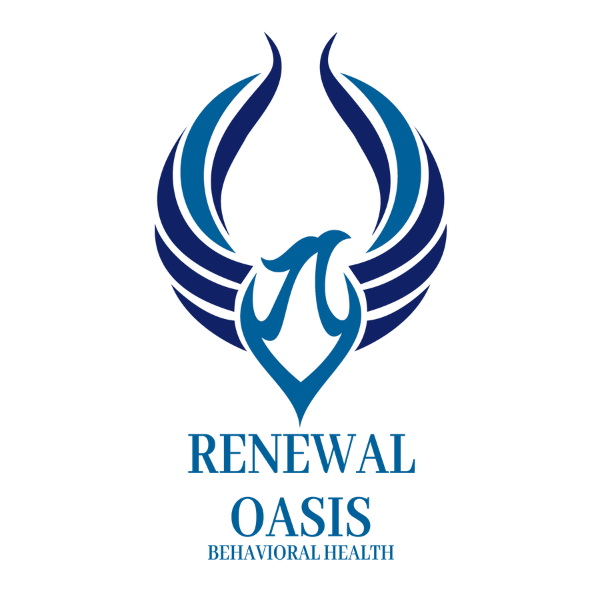Do you have a tremendous fear of thunderstorms but don’t know your condition is called astraphobia? You’re not alone because many people share a genuine and often paralyzing fear of the thunder and lightning that come with a heavy storm. While many children express fear of storms, astraphobia is an actual phobia that can affect people of any age.
Renewal Oasis can provide a helpful assessment to determine if you have astraphobia. From there, they will develop a treatment plan to help you learn to take away the power of thunderstorms. We offer both outpatient and residential treatment to help you find the program that fits your schedules and specific needs. With the help of our skilled and compassionate therapists, you can learn to get through lightning and thunder without feeling threatened and frightened.
What is Astraphobia?
Astraphobia is classified as a phobia. It is the fear of thunder and lightning, which occur naturally during thunderstorms. While a lot of children deal with astraphobia and many of them outgrow it, the fear can happen for adults, too. Many people have heard of other phobias such as a fear of spiders, heights, or flying on an airplane. However, they do not realize that a pronounced fear and level of discomfort about thunder and lighting is a legitimate fear with a label.
Anxiety disorders have different categories, including phobias. This makes astraphobia a type of anxiety disorder, which is the most common mental health disorder in the United States. Phobias occur equally in women and men, but men are more likely to get treatment for their conditions.
What Causes Astraphobia?
Developing astraphobia can come from different sources or have no specific reason. A person raised in a home where thunderstorms were considered terrifying often follows in the footsteps of their relatives. In fact, just having a family member with a phobia or another type of anxiety disorder increases the chances that a person will end up developing their own phobia.
Astraphobia may occur as a result of a person experiencing a traumatic event related to a storm. Damage to their home, possessions, or loved ones can trigger a fear of future storms. Being trapped in public, particularly outside, during a storm can make a person fear thunder and lightning. Surviving natural catastrophes like hurricanes or tornados can set a person up to fear all future types of storms.
Additionally, people with autism or sensory processing disorders often find thunderstorms quite frightening. The flashes of light and unexpected loud sounds can cause them to shrink into themselves and look for relief from their fear.
Common Symptoms
When an episode of astraphobia occurs, it causes the person to have symptoms. It’s important for them to be able to recognize them, as well as for their loved ones to know what’s going on. This allows the person to identify the issue and seek help. In fact, many symptoms of astraphobia often have a lot in common with those caused by anxiety disorders. Common symptoms of astraphobia include:
- Fear that develops because of knowing a storm is coming
- Nausea
- Vomiting
- Diarrhea
- Dizziness
- Shortness of breath
- Chest pain
- Numbness in hands or feet
- Feeling faint
- Crying
- Shakiness
- Sweating
- Seeking a hiding space inside a home, such as in a closet or under the bed
- Using items like noise-canceling headphones to block out the sounds of a thunderstorm
- Asking someone else to stay with them until the storm passes
- Obsessively keeping track of weather reports
Can Astraphobia Be Treated?
Treatment for astraphobia is available through professionals who treat anxiety disorders and other related mental illnesses. Treatment begins with the individual receiving a thorough assessment. They will be asked what symptoms they have, how often, and their severity. A dive into any relevant past events can point to a reason why they developed this phobia. From there, they can put together a plan to help them overcome it.
The plan will involve attending various types of therapy that address the needs of people who live with extended or situational anxiety. Effective therapy options include:
Cognitive Behavioral Therapy (CBT): The therapist teaches the person how to identify the thoughts that fuel their astraphobia and learn to reduce and control them.
Exposure Therapy: This involves gradual exposure to the situation that produces intense fear in the person. Exposure is slow and begins with easy-to-complete tasks like learning about how thunderstorms form. This therapy helps self-soothe and modulate the individual’s emotions.
Medication: The use of prescription medications helps minimize many of the symptoms of astraphobia. Common medications that may be employed include benzodiazepines, anti-anxiety, and antidepressant drugs. These meds will typically be used along with therapy, at least initially.
Contact Renewal Oasis About Treatment
Do you recognize yourself when reading about the specifics of astraphobia? While it might initially feel embarrassing, many people share this condition. At Renewal Oasis, our friendly staff brings compassion to the table when treating astraphobia. We help people get to a comfortable place where thunderstorms no longer have power over their emotions. We believe in the ability of anyone to minimize or overcome their symptoms and feel brave when the weather changes.
Contact us now and we can talk about how our programs work. Don’t let embarrassment about having astraphobia stop you from contacting us. We can help you make real progress with our variety of therapy treatments.



